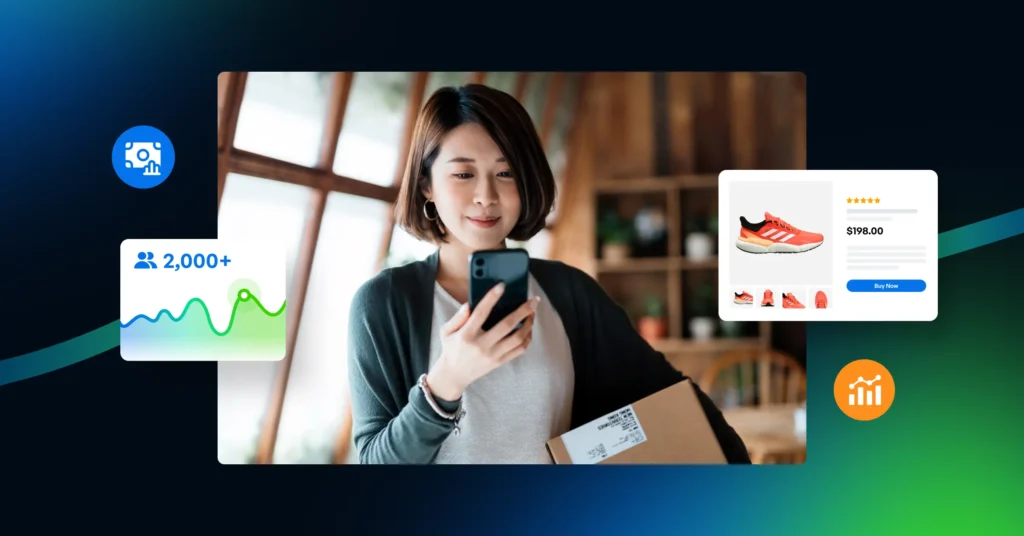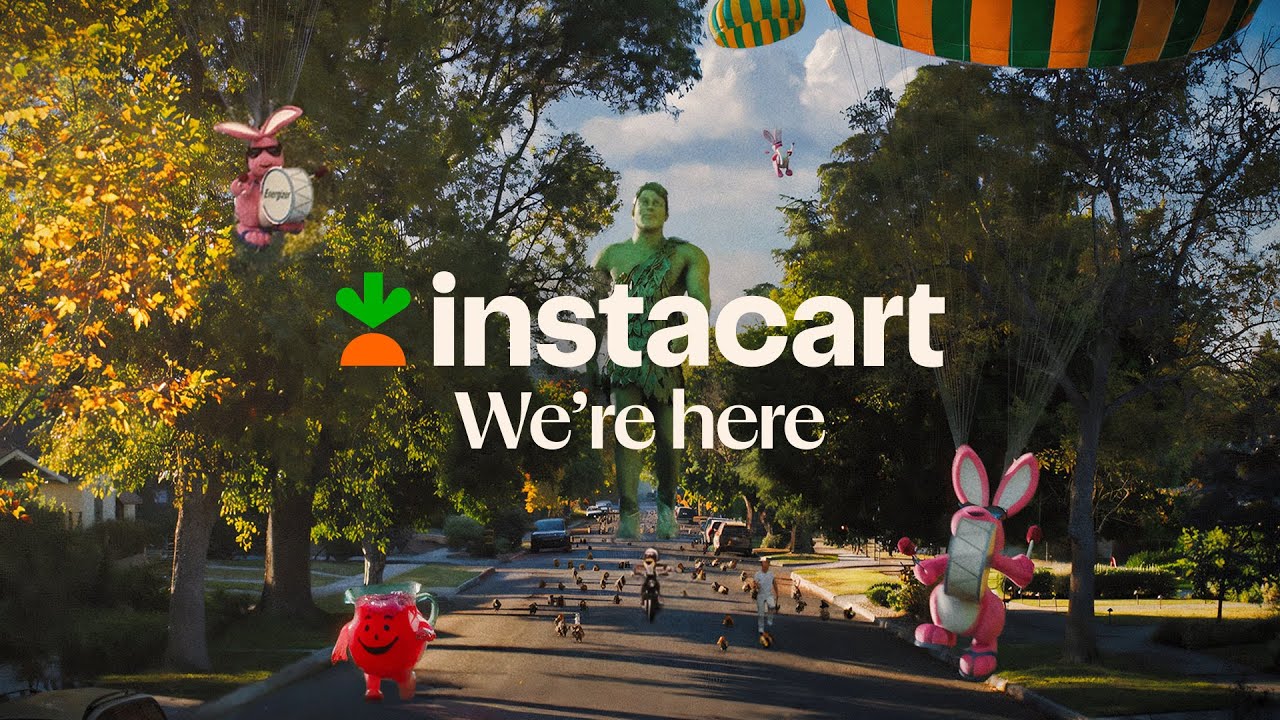The explosion of delivery apps and services that offer to bring products from nearby stores straight to a consumer’s door has opened an exciting new frontier of e-commerce with significant sales growth potential.
The opportunity here is huge as delivery services evolve simply from a convenient way to get a burrito or iced coffee into a go-to option for everything from grocery staples to last-minute supplies, snacks to cover spontaneous cravings, or over-the-counter pharmaceuticals for a sick day at home.
As shoppers flock to this new channel, they’re exposed to products in a completely new medium. Consumer brands need to be proactive to make sure their products are presented in the best possible light and maximize every sales opportunity in this fast-growing delivery app marketplace.
An essential new shelf to conquer
Delivery apps have exploded in recent years as infrastructure to support services and user bases have grown. Today, services like Doordash, Uber Eats, Instacart, Shipt, and more have enormous customer bases. In 2024 there were some 138 million online grocery delivery users in the US alone.
Many of these solutions are making big investments in growing and deepening their user bases even further, laying the groundwork for even more adoption, from special promotions to high-profile Super Bowl ads.
Doordash
Instacart
This new source of growth is a global phenomenon, with opportunities to captivate shoppers around the world across nearly all markets.
How to get an edge on this new frontier
The global online grocery delivery market is projected to reach $941 billion in revenue in 2025, and the general retail delivery space is not far behind at $729.83 billion.
Despite the size and potential of these markets, the novelty of this channel and technology means the sophistication of the product experience on these apps and platforms has not fully matured compared to traditional e-commerce.
That means consumer brands have a lot of ground to make up in the way their products are depicted across a fast-growing, fast-changing marketplace. It also represents an enormous opportunity for consumer brands to get out ahead of the competition and establish themselves as THE go-to brands on these platforms.
Social networks and online review sites are full of complaints from disappointed or frustrated shoppers not getting the products they expect delivered. The causes of these issues are varied, but incomplete or inaccurate product listings are certainly a contributor. According to a finding in Syndigo’s “The State of Product Content” consumer experience survey, 43% of respondents were recently disappointed by a product they purchased that didn’t meet expectations set by online product content.
Many product listings on delivery apps are based on content pulled from the sites of retailers they partner with and deliver from. But this content isn’t always optimized for the delivery app UI—images, information, and data submitted to a supermarket, convenience store or grocery chain might not translate to the product listings on Instacart or Uber Eats.
That’s why it’s important for consumer brands to take control of their product experience on these channels. There are several immediate steps that can be taken to augment a brand’s presence on delivery storefronts and prompt sales growth:
1. Upgrade your content delivery game
Putting your product experience in the hands of whatever data a delivery app can pull from a retailer is a questionable choice.
All the major delivery apps now offer the opportunity to directly manage item listings on their channels. The challenge is keeping up with all the different accounts, nuances requirements, platform nuances for your entire catalog. Uploading and updating item content for the entire delivery marketplace can quickly get unmanageable.
The easy solution is content syndication through a reliable Product Experience Management platform that has direct connections to these apps and automatically delivers your assets and data from a single platform.
2. Adapting content for mobile apps
Every mobile app has its own UX and all the major delivery services are in tense competition to differentiate their shopping experiences not only from each other but from traditional e-commerce channels. That means different choices about how product information and images are displayed. Consider how similar products are depicted across different delivery channels; how might you adjust your content to make it more appealing above the fold for each one?
A content syndication provider with custom data checks and validations for each delivery recipient can ensure your content is provided in the correct format.
3. Monitor and optimize
The retail and grocery delivery market is still young and maturing. New apps and services are likely to continue disrupting the market, and existing ones will shift and adapt to consumer behavior.
That means you’ll need to closely monitor content performance, experiment to see what works, and refine your product experience over time. Real-time analytics like content completion scores and Compare With Live can help you ensure your content is ready for performance in this new, fast-changing environment.












